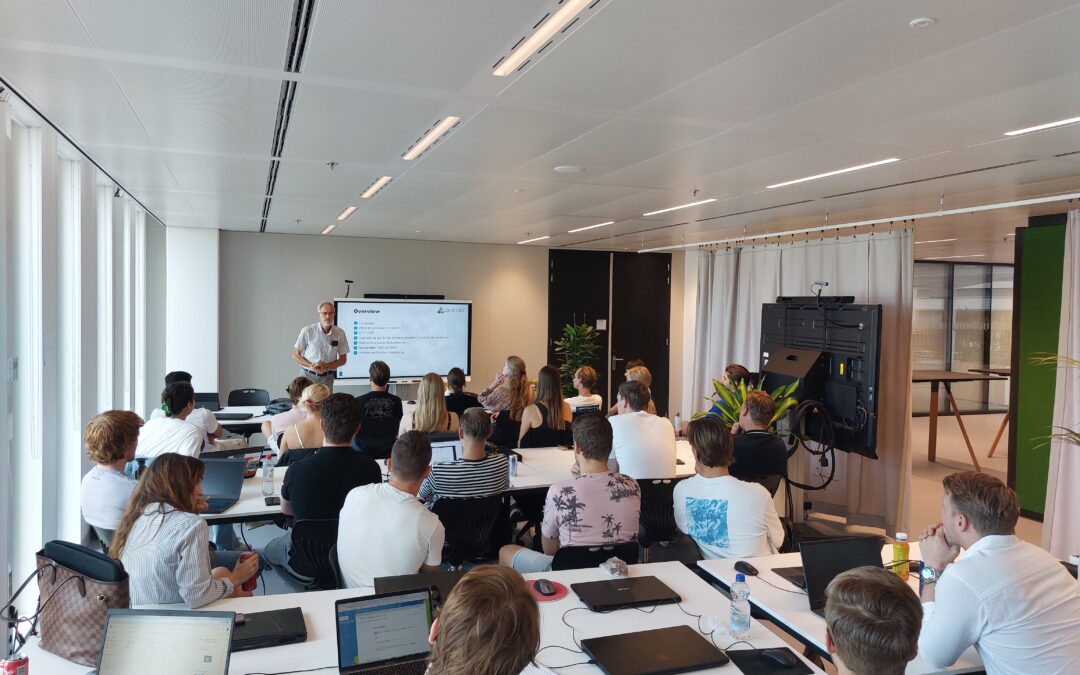For the fourth year in a row, the Amsterdam University of Applied Sciences organizes the minor program ‘the energy positive city’ and ATELIER is involved in several ways. Students are enthusiastic about the program but are also surprised about the complexity, since the end goal of the minor is for students to design their own PED within Amsterdam.
About the program
The AUAS minor program focuses on the energy transition, emphasizing the move towards natural gas-free solutions and energy-positive developments. It aligns with the EU’s goal of achieving CO2 neutrality by 2050 and encourages students to explore energy-positive building, district, and city designs. The program addresses the challenges of the energy transition in various sectors, including the built environment, industry, and transportation, requiring a higher level of strategic thinking. Students engage with topics like circularity, mobility, health, social inclusivity, and government roles. This minor provides insights into techniques, innovations, government incentives as well as citizen and company involvement, making it suitable for students interested in energy transition concepts, area development, and policy making.
ATELIER involvement
The topic aligns on a few levels with the ATELIER project. At the beginning of September, all 20 students who signed up for the minor program this semester were given an excursion in Buiksloterham, the area that is part of the research in the Lighthouse city of Amsterdam. ATELIER team member Rudy Rooth from the municipality of Amsterdam addressed the students and provided insights into the project.
Project based
After a few weeks into the program, students can select a subject to focus on: either technical aspects or policy making. Students will then learn in-depth about this subject. After this trajectory, students that have focused on the respective themes will all work together on a communal project in which they can utilize the specific knowledge they have gained. An area within Amsterdam different from the ATELIER demo site will then serve as the case study. After a meeting with the municipality, students have to come up with a plan on how to create a PED development, taking into account all its different aspects. For this, they might also have meetings with potential commercial partners.
Complexity
Within the last few years, students who participated in the minor program were all surprised about the complexity of creating a Positive Energy District. In the first few weeks, many students approach the matter with the conviction of: ‘we will fix this’, says teacher Jos Warmerdam. When they learn that PEDs are not just implementing a few technical solutions and that they have to take into account policies, laws, and interest from different stakeholders, they are sometimes a little surprised. Nonetheless, students are overall enthusiastic about the program, especially when it comes to working together on the final project, as one student stated: “It’s great to work together again and share knowledge with each other.”
Author and picture credits: Elgin Blankwater, AUAS
